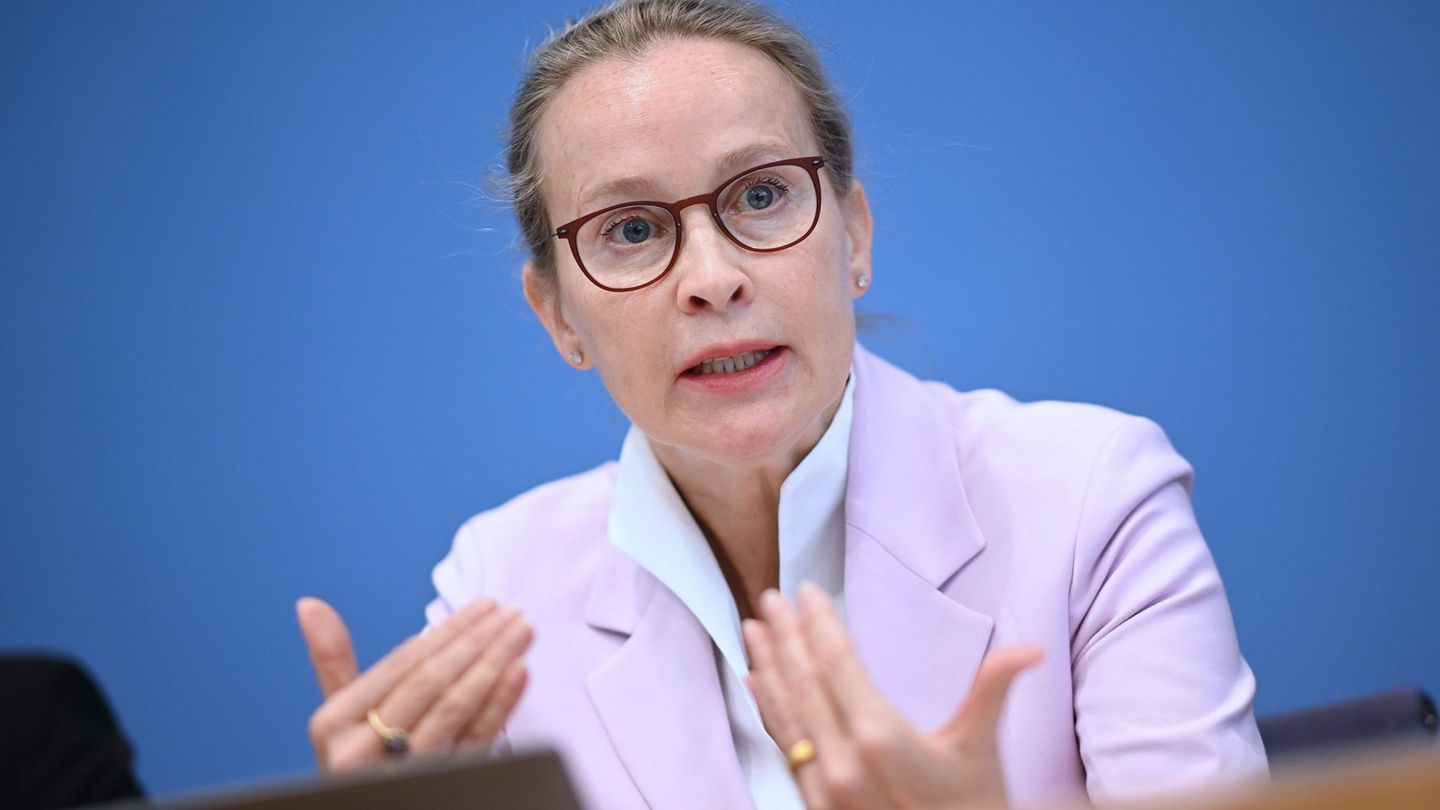As can be seen from the working document of the responsible commission, the risk number relevant for the coloring has deteriorated again in all federal states. However, the rise in Salzburg, Tyrol and Vienna, where omicron spread particularly early, levels off.
If you look at the 14-day trend, the increase in cases in Salzburg and Tyrol is the lowest at ten percent. Vienna follows with 19 percent. Everywhere else things are going up steeply, especially in the south, which is the last part of the country to be widely “visited” by Omicron. The plus in Styria is 62 percent, in Burgenland 57 percent and in Carinthia 48 percent.
The so-called risk number, which, in addition to the number of infections, also includes the age of those affected and the vaccination status, remains the highest in Tyrol at 4,897. In order to get into the orange area of the still high risk, you would need a number under 100. Even in Burgenland, with 1,402, you are not close to that. Vienna now has the second lowest risk figure, despite the still highest number of tests from almost 138,000 to 100,000 inhabitants. For comparison: Upper Austria brings up the rear in the test at almost 56,000.
Gmünd district has the lowest incidence
It is unfavorable that the increase in cases among the over-65s, at 51 percent, is clearly higher than that of the general population at 31 percent. Overall, however, seniors still account for only six percent of total cases.
The number of districts or regions where the number of cases has fallen in the past 14 days has increased to a total of five, all in the west such as Kitzbühel, Landeck or St. Johann im Pongau. Nevertheless, Landeck has the highest 14-day number of cases, followed by Rohrbach in the Mühlviertel. Apart from the statutory city of Rust, the Lower Austrian district of Gmünd has the lowest incidence.
Only 14 percent of the cases are clarified. The proportion of asymptomatic infections is almost one third.
Source: Nachrichten




